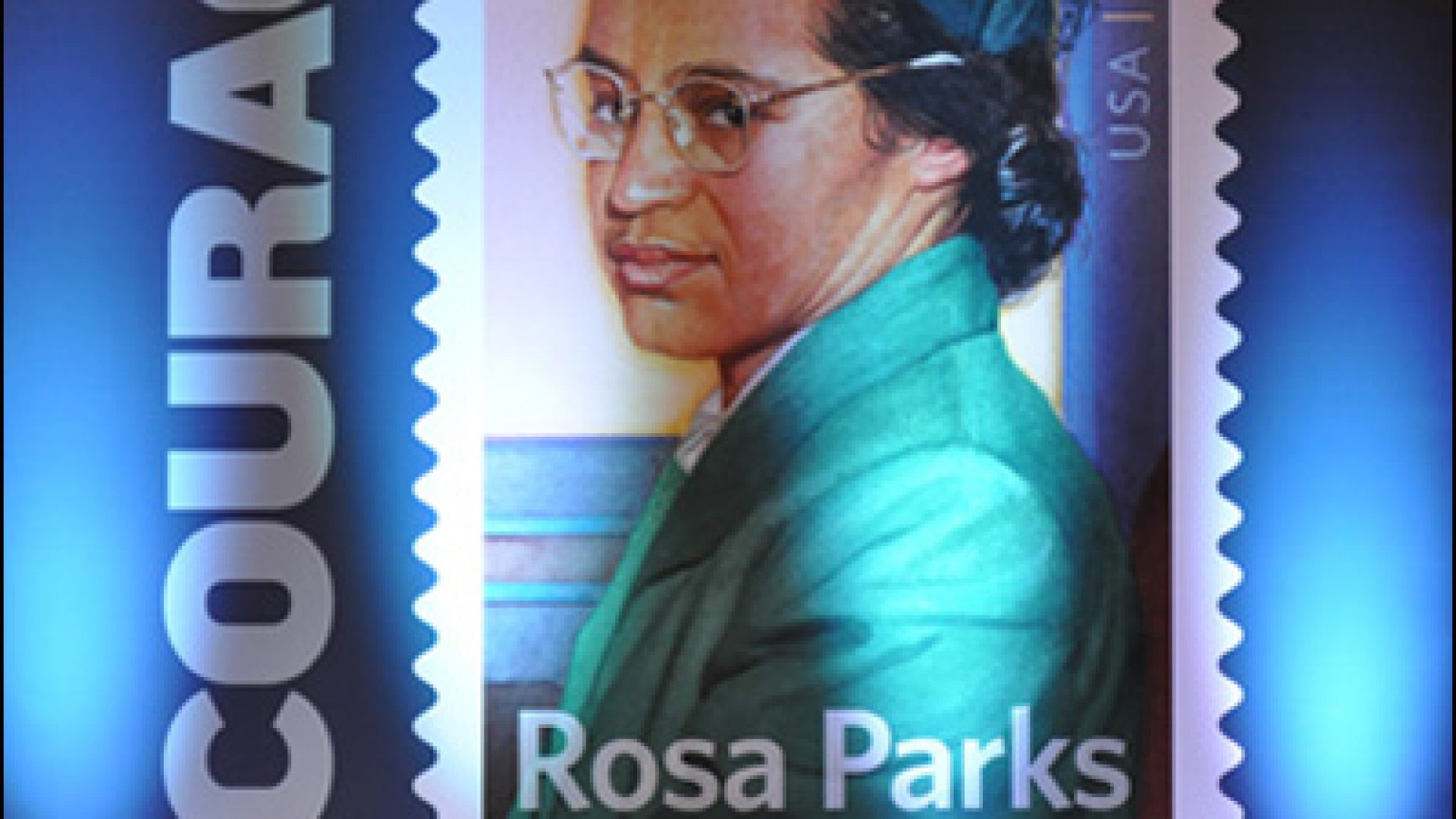‘Human computers’ did the math
By Judith Stanford Miller, M.Ed., M.A.
Feb. 15, 2018 – Hidden Figures, a 2016 book by Margot Lee Shetterly that was made into a movie with the same name, tells the riveting story of African American ‘human computers’ who were recruited in the 1940s to work at the Langley Aeronautical Laboratory, a lab operated by the National Advisory Committee for Aeronautics (NACA). NACA evolved to NASA with the agency’s creation in 1958. As mainframe computers were introduced in the late 1940s, ‘human computers’ trained to program the mechanical computers and remained a vital part of Langley’s workforce. In 1962, President John F. Kennedy issued a challenge to NASA to land astronauts on the moon before the end of the decade. NASA quickly expanded to meet the challenge. Katherine Johnson, an African American human computer at Langley, was instrumental in ‘doing the math’ to plot trajectories for the Mercury, Gemini and Apollo space missions.
Student News Net recently interviewed Bill Barry, NASA’s chief historian, about that important period in NASA’s history.
NACA history
After the Wright Brothers conquered human flight in 1903 with a successful flight on the shores of the Atlantic Ocean in Kitty Hawk, North Carolina with an airplane they designed and built in Dayton, Ohio, the rush to innovate flight took off quickly in Europe. By 1915, European developments outpaced the United States. To answer the growing imbalance, the United States formed NACA with Orville Wright named one of seven committee members. The committee reported directly to the president.
In 1920, the committee established the Langley Aeronautical Laboratory to test airplanes. Begun with 15 employees, by 1925, there were more than 100 employees, according to NASA.
In the 1930s, NACA identified the need to hire ‘human computers’ to literally “do the math.” Hundreds of calculations needed to be performed from the many tests being conducted, particularly tests in the wind tunnel to determine the best aerodynamic design for airplane wings and other parts.
When World War II erupted in Europe in 1939, Langley’s work accelerated. In the early 1940s, NACA needed many more human computers. They began recruiting African American women, many of whom were math teachers at schools in the Hampton, Virginia area where Langley was located.
Hidden Figures: Dorothy Vaughan, Katherine Johnson, and Mary Jackson
Dorothy Vaughn, one of the three main characters in Hidden Figures, graduated in 1929 with a Bachelor of Arts (B.A.) in mathematics from Wilberforce University near Dayton, Ohio. She was hired by NACA in 1943 during World War II. In 1949, she was named a supervisor of the West Area Computing group, the first African American to lead a group of human computers at Langley. She retired from NASA in 1971.
Katherine Johnson was hired by NACA in 1953. Because of her expertise in theoretical mathematics and analytical geometry, she was named to the Space Task Group that was responsible for planning trajectories for early space missions, including John Glenn’s 1962 Friendship 7 mission during which Glenn became the first American astronaut to orbit the Earth. Katherine retired from NASA in 1986 and will turn 100 on August 26, 2018. A new building at NASA’s Langley Research Center has recently been dedicated in her honor.
Mary Jackson was hired by NACA in 1951. She grew up in Hampton, Virginia and graduated in 1942 from the Hampton Institute with a dual degree in Mathematics and Physical Sciences. At NACA, she worked under Dorothy in the West Area Computing group. Because of her talent, she was encouraged to advance her education in engineering and became an aeronautical engineer, most likely the first African American female aeronautical engineer in the United States.
There were about 400 human computers working at Langley in the 1940s and 1950s of which about 50 were African American women. Dorothy, Katherine, and Mary represent the work of all human computers.



